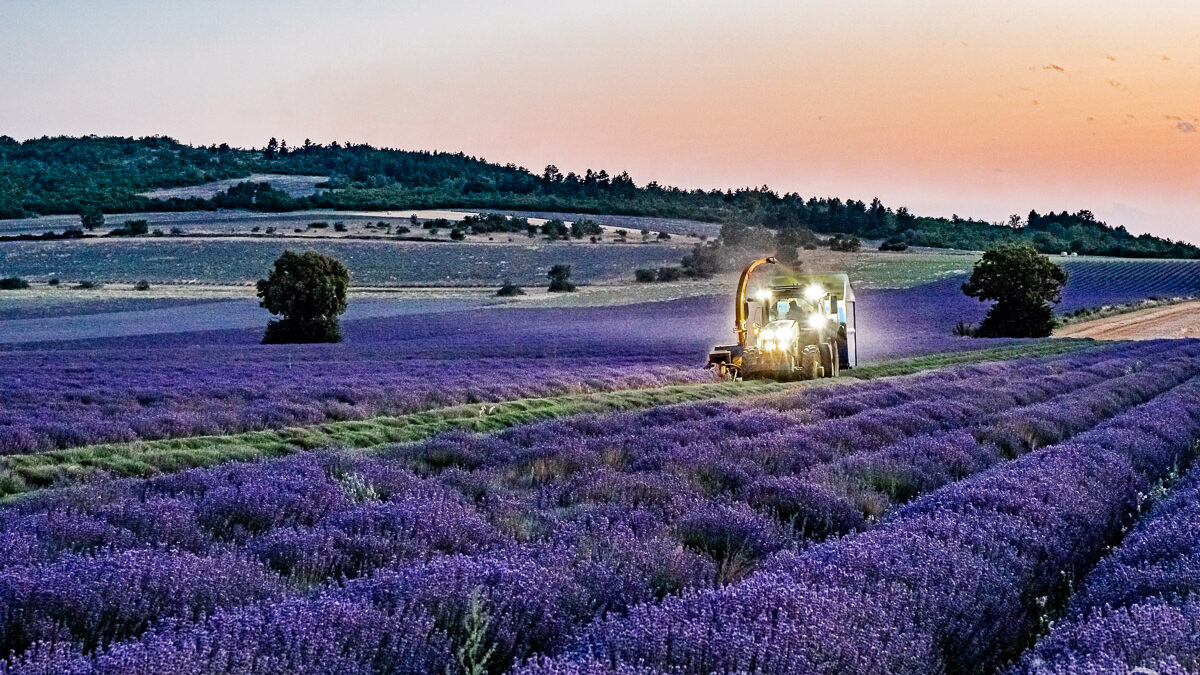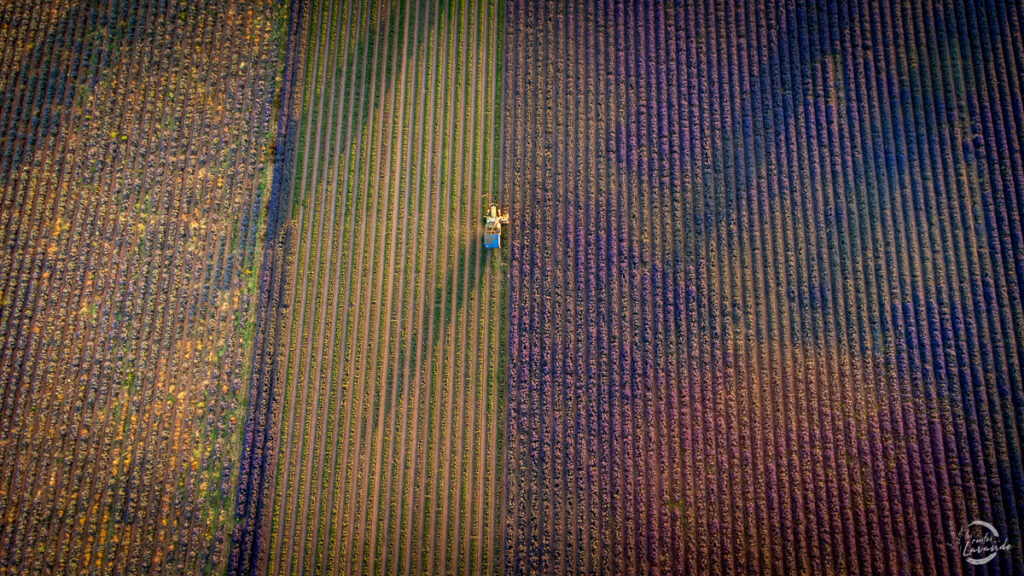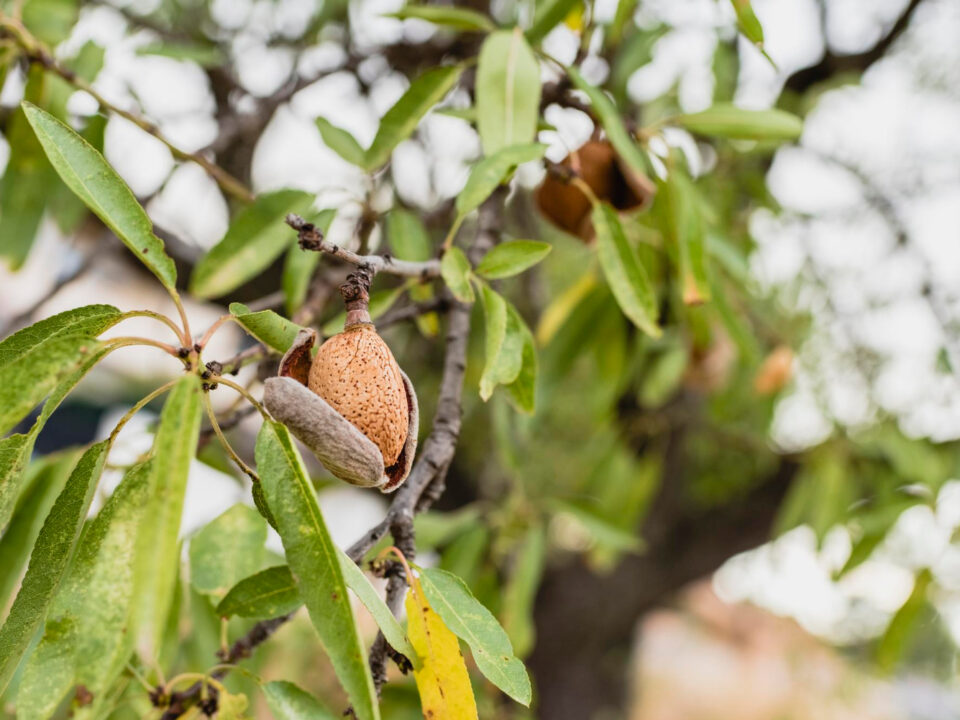Provence, the emblematic region of southern France, is world-famous for its lavender fields as far as the eye can see. These picturesque landscapes are not only a major tourist attraction, but also a vital source of income for local farmers. This year, however, growers are faced with an unusual phenomenon: an early lavender harvest due to extreme weather conditions.
Lavender in Provence
Lavender is a Mediterranean plant that thrives particularly well in the climatic conditions of Provence. It has been cultivated here for centuries, not only for its bewitching fragrance, but also for its many uses in aromatherapy, cosmetics and natural medicine. The flowering period generally extends from mid-June to the end of July, with variations according to species and altitude12.
The Impact of Climate Conditions
This year, Provence experienced exceptionally high temperatures and prolonged drought. These conditions accelerated lavender’s life cycle, causing it to flower and ripen faster than usual. The intense heat and lack of water stressed the plants, forcing them to flower earlier to ensure their survival.
According to local experts, lavender is a hardy plant, but it has its limits when faced with such extreme climatic conditions. Drought, in particular, affects the quality and quantity of essential oil produced by the flowers, a product of great value to farmers34.
![[:fr]Logo-Routes-de-la-Lavande[:]](http://routes-lavande.com/wp-content/uploads/2022/02/Logo-Routes-de-la-Lavande.png)



